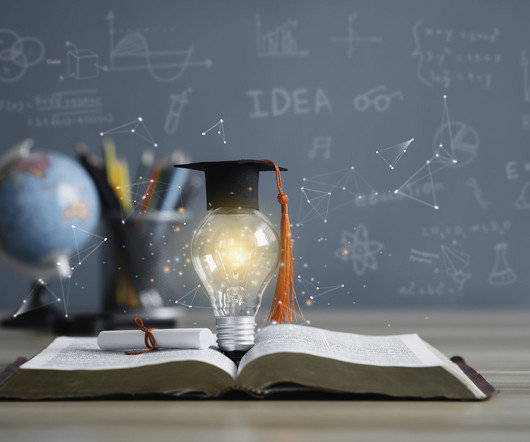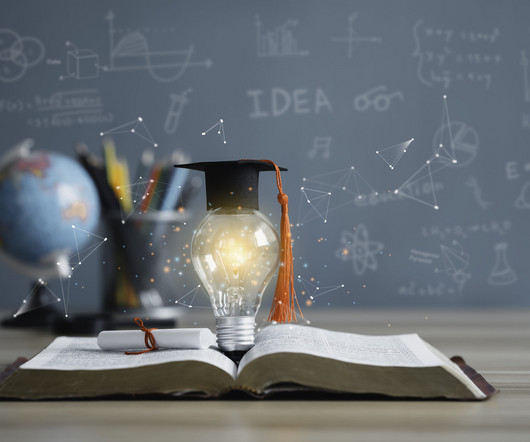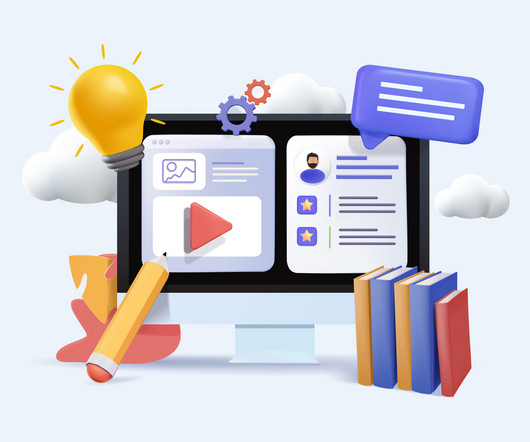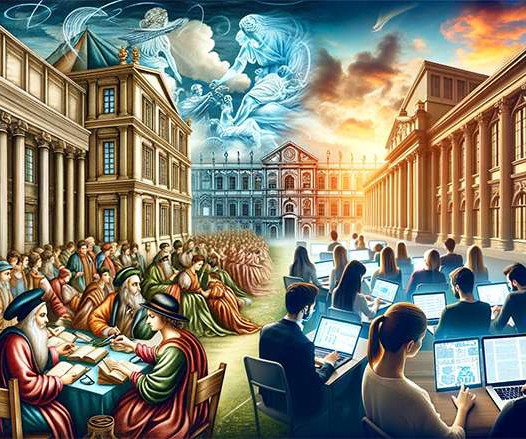AI-Powered Teaching: Practical Tools for Community College Faculty
Faculty Focus
MARCH 30, 2025
Drawing on the scholarship of teaching and learning (SoTL), it argues that AI can enhance accessibility and efficiency while preserving the human essence of education. Faculty developers and instructors can use this framework to harness AI’s potential, ensuring it supports rather than supplants their pedagogical roles.
















Let's personalize your content